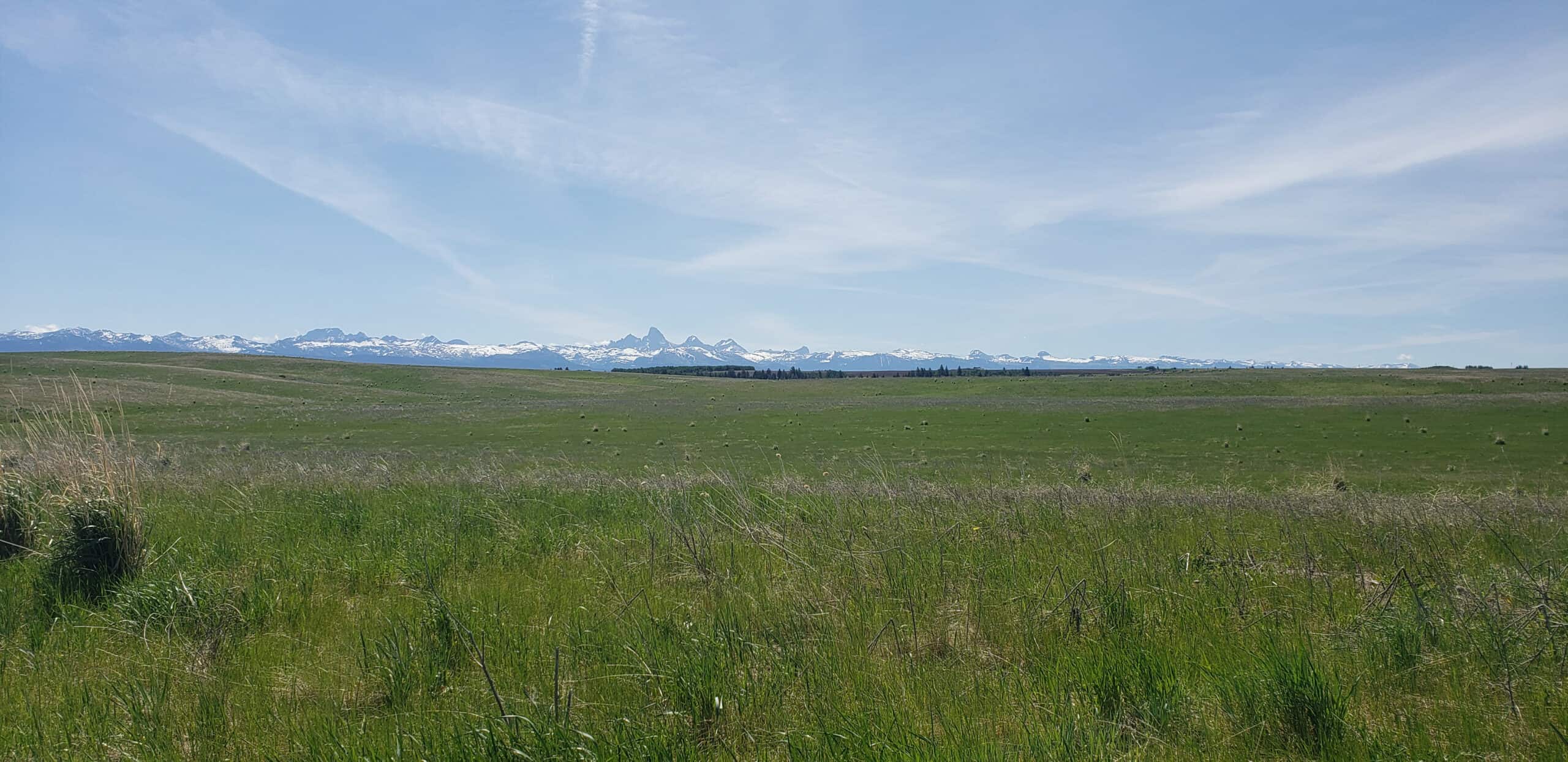Share this article
TWS addresses proposed BLM rulemaking on conservation and landscape health
TWS made several recommendations for implementing conservation leases
The Wildlife Society is commending the Bureau of Land Management for the scope of its proposed rulemaking on conservation and landscape health.
In comments on the agency’s proposed revisions, TWS, with the support of TWS’ Rangeland Wildlife Working Group and Habitat Restoration and Conservation Working Group, provided recommendations to implement conservation leases as part of public land restoration efforts.
The proposed regulations aim to address land health and resiliency across BLM-managed lands by clarifying that conservation is compatible with other land uses. The agency specifically requested feedback on a proposed tool known as conservation leases, which would allow third parties to perform restoration, conservation and mitigation activities on BLM lands.
In its comments, TWS stressed that for BLM staff to effectively manage and monitor conservation leases, the administration must ensure adequate resources are requested in the Fiscal Year 2025 budget request.
TWS recommended BLM create internal guidance to prioritize landscapes, native species and actions to efficiently implement the new conservation lease tool. Guidance drafted by BLM headquarters could inform standalone guidance for each state office.
TWS also recommended the BLM clarify which activities would not be considered under the terms of a conservation lease. TWS’ comments stated that these activities should include, for example, those that seek to maintain and expand overabundant free-roaming horse and burro populations on BLM lands or other activities intended to maintain nonnative wildlife populations.
TWS emphasized that through the rulemaking, BLM has the opportunity to meaningfully expand partnerships with state fish and wildlife agencies as well as Tribal governments by considering species of greatest conservation need as identified in state wildlife action plans, and at-risk species as identified by Tribal governments.
The Wildlife Society signed on to additional comments led by the Theodore Roosevelt Conservation Partnership and submitted by several hunting, fishing and habitat conservation organizations and professional societies. The comments expressed overall support for the rulemaking and presented recommendations specific to the implementation of conservation leases.
The organizations suggested that the rule should incorporate standards and principles for compensatory mitigation and distinguish that conservation leases outside of a mitigation context are primarily to restore or enhance degraded public lands.
Header Image: The Teton Range rises in the distance over BLM land along the South Fork of the Snake River in Idaho. Credit: Bureau of Land Management








